Finish Architectural Knowledge Base
8 Practical Safety Tips for Steel Fabrication
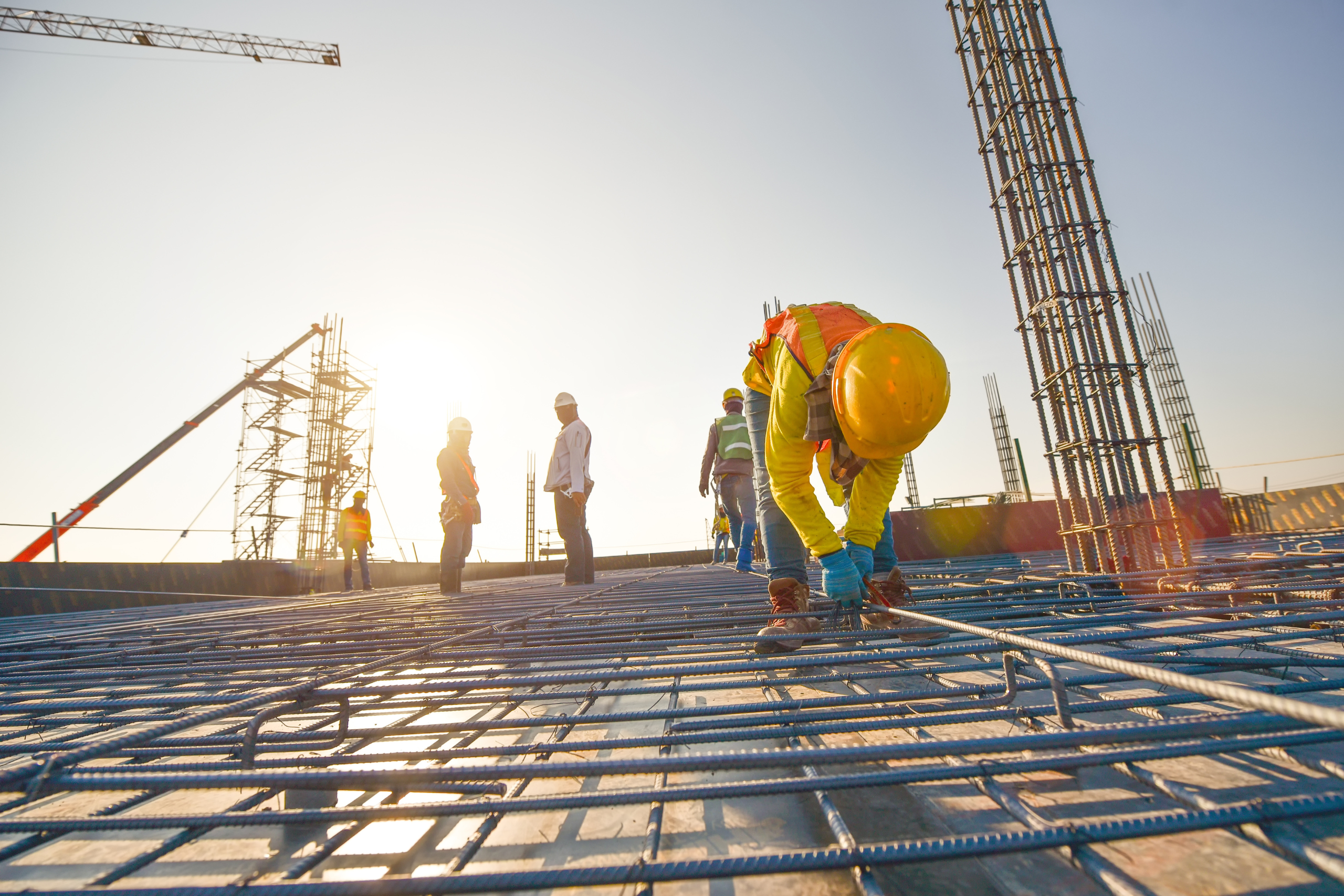
When it comes to steel fabrication, safety is like a sturdy shield that protects you from unseen dangers. From understanding the importance of proper ventilation to implementing fire safety measures, these practical tips will equip you with the knowledge to navigate the challenges of working with steel.
Remember, your well-being is paramount in this industry, so stay tuned to discover how these tips can safeguard you in your daily tasks.
What are Some Common Metal Fabrication Hazards?
To understand the potential risks involved in metal fabrication, it's important to be aware of common hazards that workers may encounter. Electrical hazards present a serious risk due to metal's conductivity, requiring specialist gloves and caution around live components.
Fire hazards are common in workshops, with extreme temperatures posing harm and quick spread potential. Combustible dust in welding areas can lead to explosions, necessitating proper collection methods and clean workspaces.
Gases and fumes from metalwork contain harmful compounds, emphasising the importance of respiratory protection and ventilation.
Physical hazards like sharp tools and heat can cause various injuries, highlighting the need for appropriate personal protective equipment such as overalls and eye protection to prevent harm.
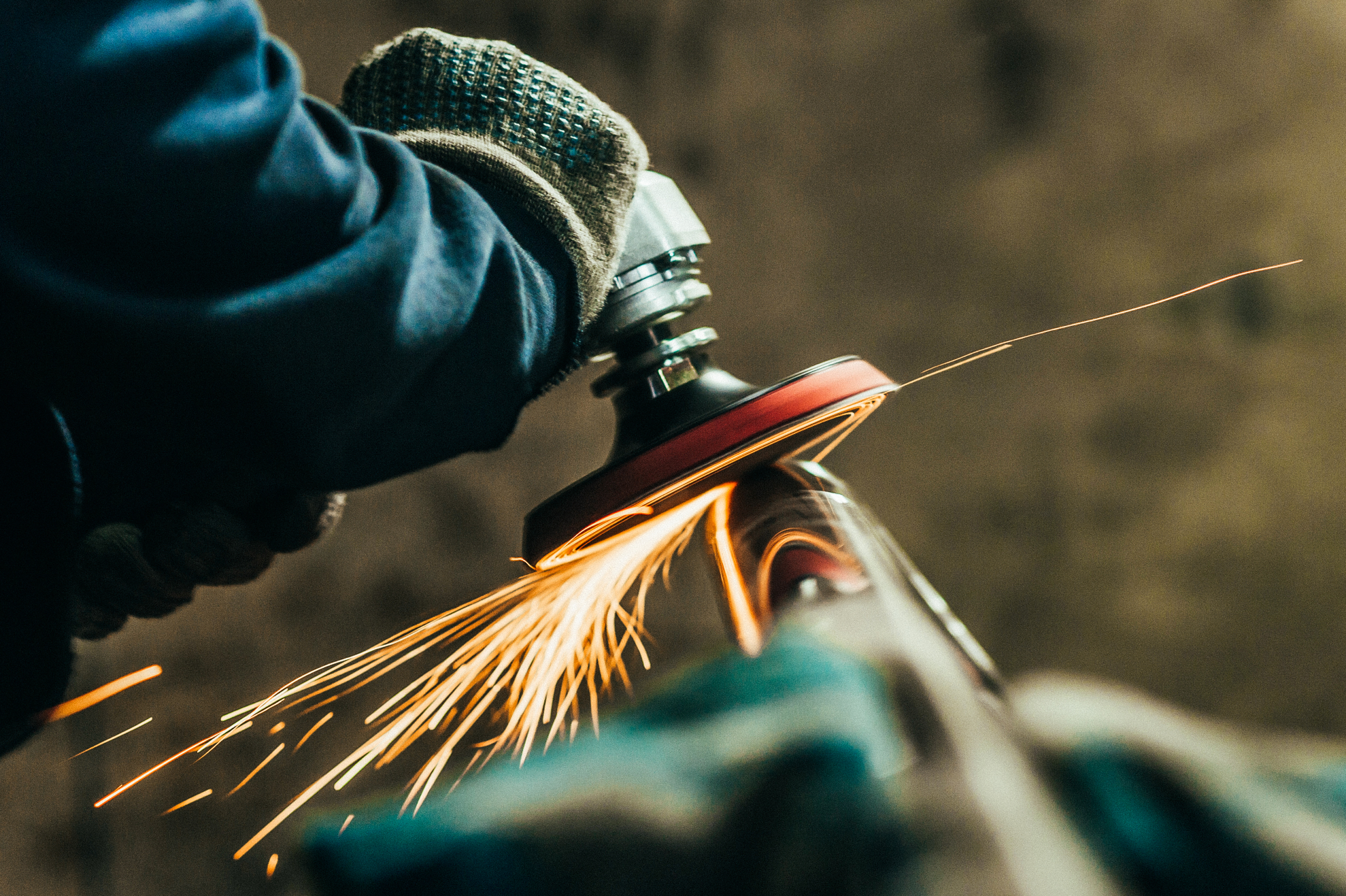
Safety Tips for Steel Fabrication
Before we delve into safety measures for steel fabrication, let's acknowledge the basics: thorough training, a safety-first culture, and mandatory PPE use are fundamental. With that being said, let's go into the 8 essential safety tips for steel fabrication.
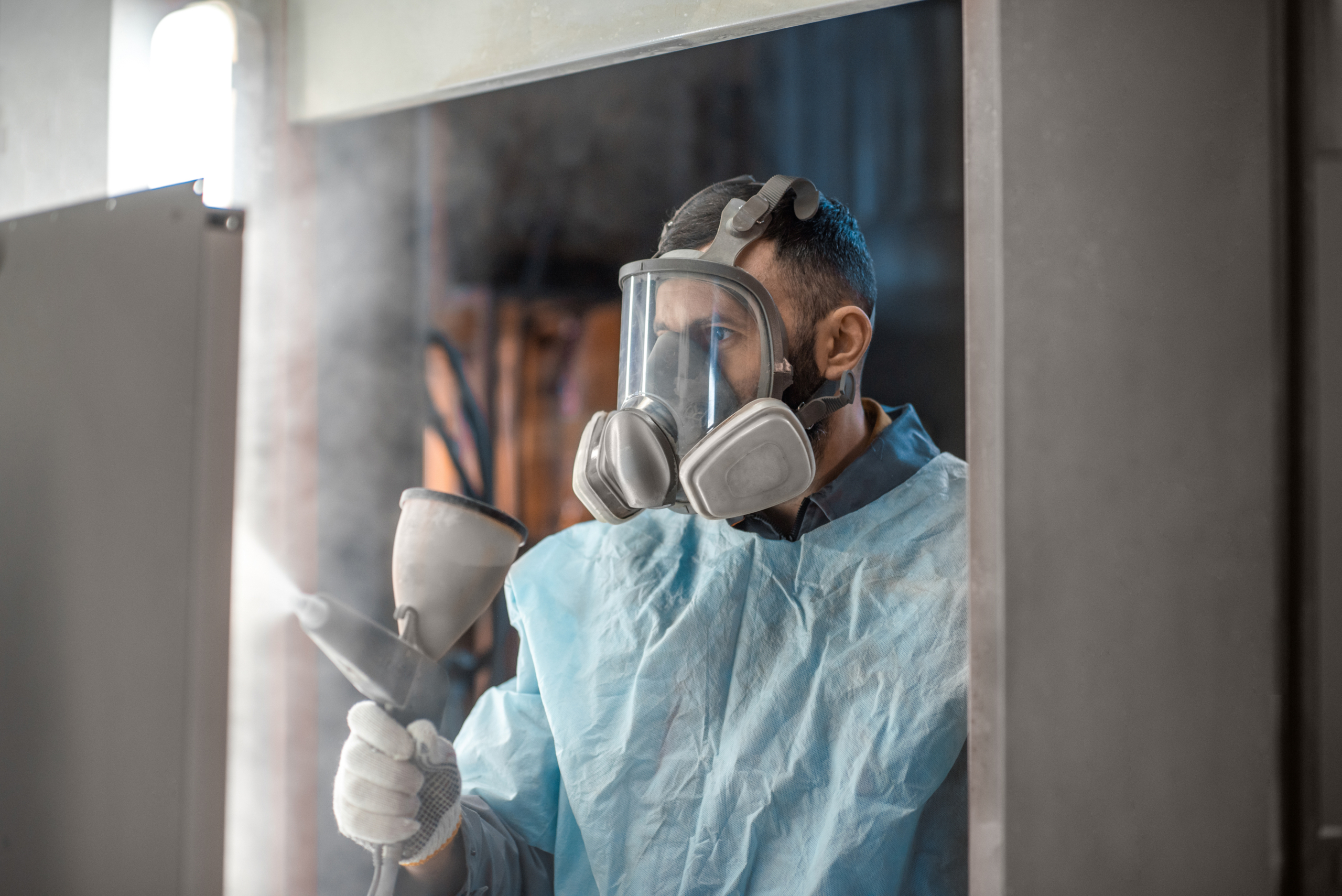
1. Have Comprehensive Safety Training for Your Employees
Equip your employees with comprehensive safety training to ensure a secure and hazard-free environment in steel fabrication. Their training should cover equipment operation, facility safety procedures, and the importance of following safety protocols.
Emphasise both the "how" and "why" of safety measures to increase understanding and compliance. Highlight potential injuries resulting from non-compliance, such as cuts, eye injuries, amputations, and falls. Encourage a culture where employees feel empowered to report hazards and prioritise safety over productivity.
Regular refresher courses for long-time employees and specific training for new equipment are essential. Remember, the well-being of your workers should always come first in your safety training initiatives.
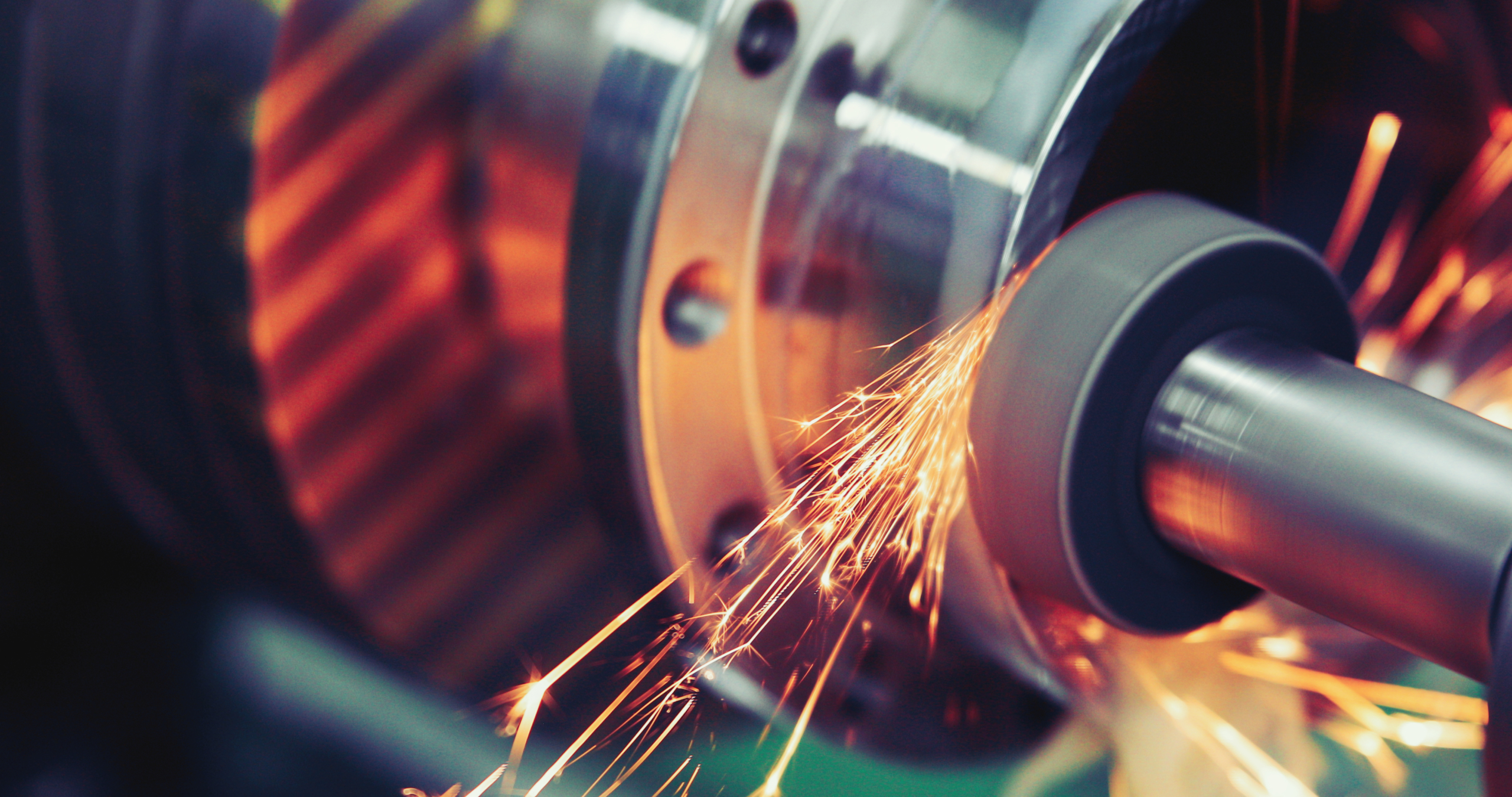
2. Create a Culture of Safety at your company
Establishing a culture of safety within your company is fundamental to ensuring the well-being and security of all employees involved in steel fabrication processes.
That’s why it’s so important to emphasise safety as a core value within your workplace, instilling it into every aspect of work. Prioritise safety as a core value, not just a priority, and support the belief that human life comes before all other demands.
Show support by prioritising safety during inclement weather, holding regular meetings on injury prevention, and recognising safe behaviour through contests and incentive programs. Encourage accountability, trust, and open communication about at-risk behaviour.
Follow up on incidents promptly, empower employees to raise concerns, and promote safety through training and recognition. Building a culture of safety benefits everyone and leads to a more secure workplace.
3. Supply and Ensure That Your Employees Wear Personal Protective Equipment (PPE)
To ensure the safety and well-being of your employees in steel fabrication processes, prioritise the supply and enforcement of Personal Protective Equipment (PPE) to mitigate risks and prevent accidents effectively. Supply CE-marked protective gear like safety glasses, flame-resistant gloves, ear protection, welding helmets, and specialised garments.
These items shield workers from machine malfunctions, flying debris, poor air quality, and other hazards. Properly worn PPE, such as safety glasses, gloves, steel-toed boots, and hard hats, significantly reduces the likelihood of injuries.
Educate your staff on the correct usage of equipment and how to identify defects. By outfitting your team with the necessary protective clothing, you create a safer work environment and reduce the chances of accidents or health issues.
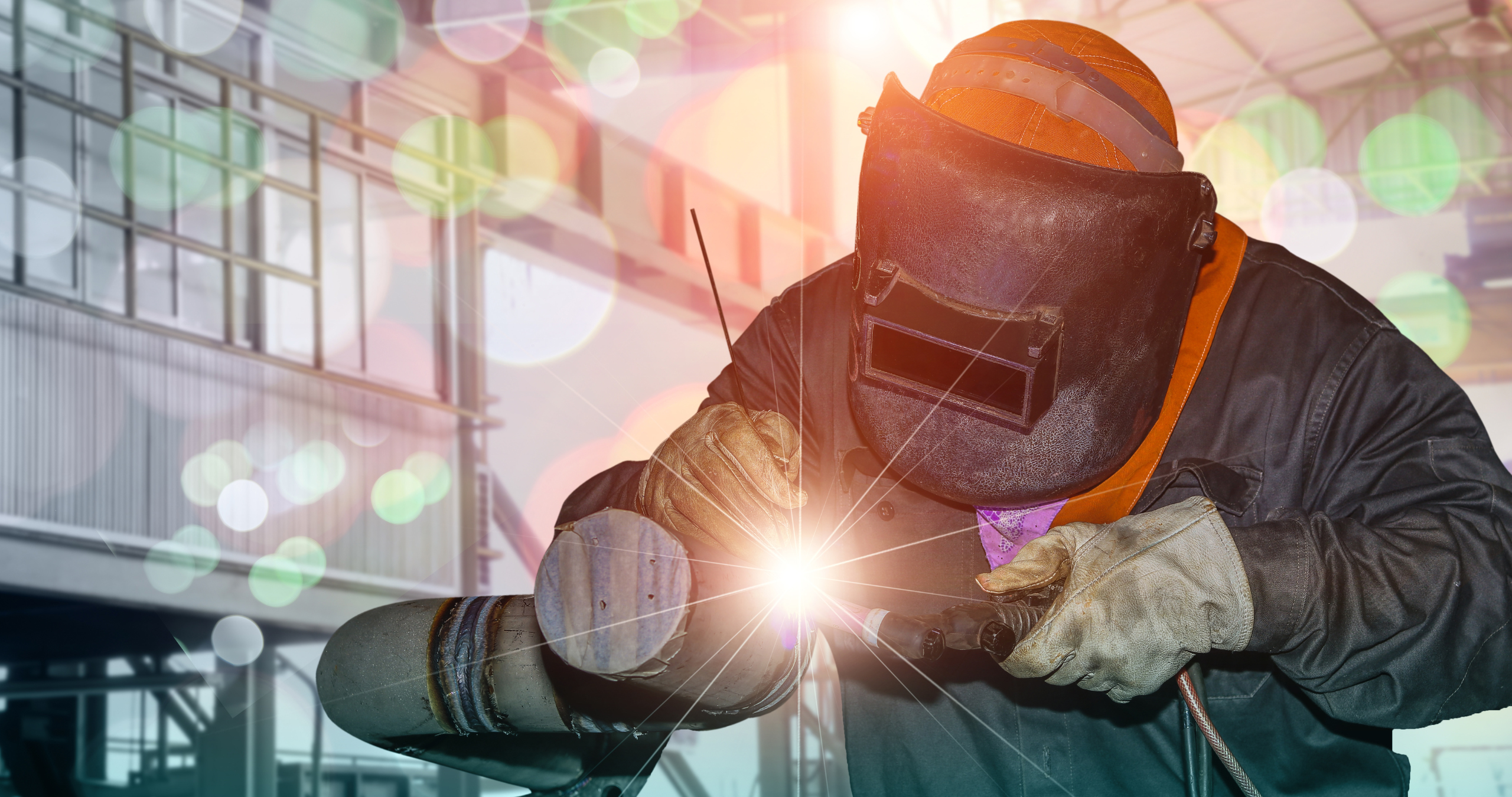
4. Use Proper Ventilation and Fume Extraction Equipment
Ensure the safety of your team by utilising proper ventilation and fume extraction equipment in steel fabrication processes to mitigate health risks associated with welding fumes.
Local exhaust ventilation (LEV) systems, such as on-torch extraction or extracted booths, help remove fumes at the source, protecting welders and those nearby.
By law, it is essential to control health risks from welding fumes to prevent lung cancer, asthma, and other health conditions. Strategies include using alternative joining techniques, maintaining good ventilation, and providing respiratory protective equipment (RPE) and personal protective equipment (PPE). Educate welders on risks and proper control measures to create a safer working environment for all.
5. Improve the Ergonomics of Your Workshop to Prevent Your Employees From Sustaining Injuries
Improving the ergonomics of your workshop is vital for safeguarding your employees from potential injuries in steel fabrication. Ensuring workstations are set up ergonomically can significantly reduce the risk of musculoskeletal disorders (MSDs) caused by bending, reaching, and gripping during welding activities.
Implementing proper lifting techniques, providing ergonomic tools, and offering training on safe work practices are essential steps to prevent injuries. Addressing MSD risks through thorough risk assessments, employee education, and compliance with legal requirements will create a safer workplace environment.
By prioritising ergonomics and safety measures, you can protect your employees from unnecessary harm and promote a culture of well-being in your steel fabrication workshop.
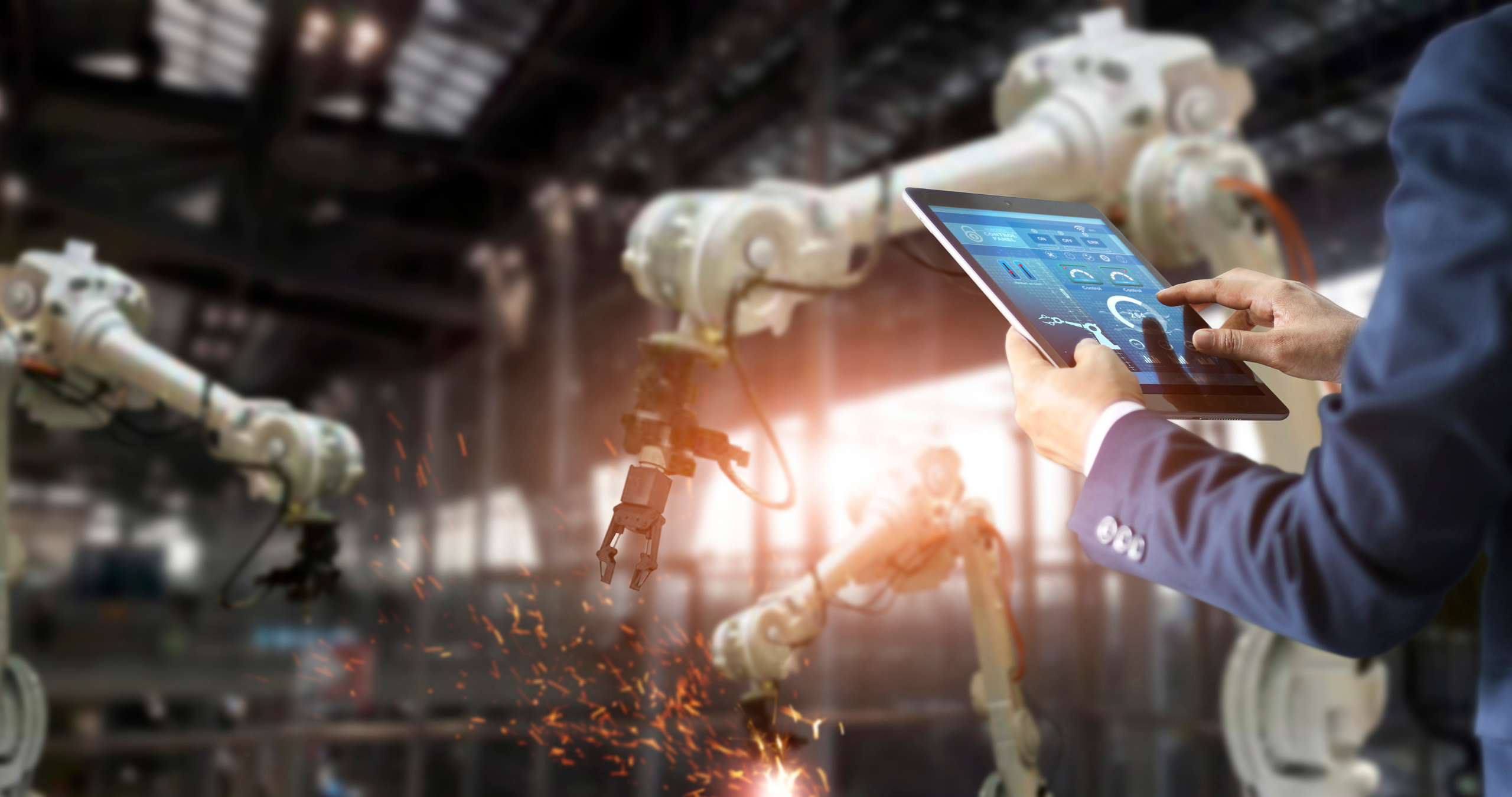
6. Regularly Inspect and Maintain Your Fabrication Equipment and Machinery
Regularly checking and maintaining your fabrication equipment and machinery is essential for ensuring a safe and efficient workplace in steel fabrication. By conducting regular inspections and maintenance procedures, you can promptly address any faulty machinery, reducing the risk of accidents.
Proper maintenance of hand tools is crucial to prevent injuries caused by improper tools, poor maintenance, or excessive use. Inspect your tools before starting any project to ensure they are in good working condition. For example, blunt-edged shears can hinder cutting tasks.
Additionally, long-term use of welding machines without proper ventilation can lead to health risks. Prioritise equipment upkeep to enhance workplace safety and prevent potential hazards.
7. Have an Emergency Preparedness and Response Plan in Place
Inspecting and maintaining your fabrication equipment and machinery regularly is fundamental for ensuring a safe and efficient workplace in steel fabrication. When it comes to steel fabrication, having an emergency preparedness and response plan in place is crucial for the safety of all personnel involved.
Effective communication is key for a safe work environment. Establish clear communication channels between workers, supervisors, and safety personnel. Conduct regular safety meetings and toolbox talks to address safety concerns. Develop, communicate, and regularly review emergency response plans, including procedures for medical emergencies.
Ensure a proper fire safety plan with efficient detection systems, fire extinguishers, marked evacuation routes, and regular fire drills to prevent panic and ensure readiness in case of a fire. Keep the work area clean and free from flammable materials to safeguard against fires.

8. Leverage technology for workplace safety
Leverage technology to enhance workplace safety in steel fabrication by integrating advanced tools and systems for improved hazard prevention and employee protection. Technology plays a crucial role in ensuring worker safety by offering innovative solutions. Implementing digital tools can help in monitoring and addressing potential risks efficiently.
Utilise cutting-edge equipment like sensors for detecting hazardous conditions, automated safety alerts, and real-time monitoring systems. These technological advancements not only increase safety measures but also enhance overall productivity.
Stay updated on the latest safety technologies to continuously improve workplace safety standards. Prioritising the integration of technology in safety protocols can significantly reduce workplace accidents and create a secure environment for all employees.
What Are Some Key Legal Regulations and Compliance Policies in the UK's Steel Fabrication Industry?
The legal regulations and compliance policies governing the UK's steel fabrication industry play a vital role in ensuring quality standards and safety measures are strictly followed. The Construction Products Directive (CPD) made it mandatory in 2014 for steel products to adhere to BSEN 1090, ensuring accurate CE marking.
BSEN 1090 consists of three parts, with EN 1090-1 focusing on CE marking terms, EN 1090-2 outlining manufacturing requirements for steel structures, and EN 1090-3 detailing requirements for aluminium structures.
Welders must hold relevant certifications following BSEN 9606-1 guidelines, with qualifications renewed every three years and bi-annual consistency checks. Adhering to ISO standards guarantees safe project handling and compliance with industry benchmarks, enhancing quality, safety, and efficiency in metal fabrication projects.
Elevate Your Project with Our Bespoke Steel Solutions
Looking for steel solutions tailored to your unique project needs? Finish Architectural offers Bespoke Steel Fabrication services that blend innovation with precision craftsmanship. Achieve unparalleled quality and durability for your project, no matter the complexity.
Choose custom over common. Discover how our Bespoke Steel Fabrication can make your vision a reality. Contact our team today for expert guidance and support from start to finish.
Need more information?
To see how Finish Architectural could support your next project - simply call us, or use the form below.